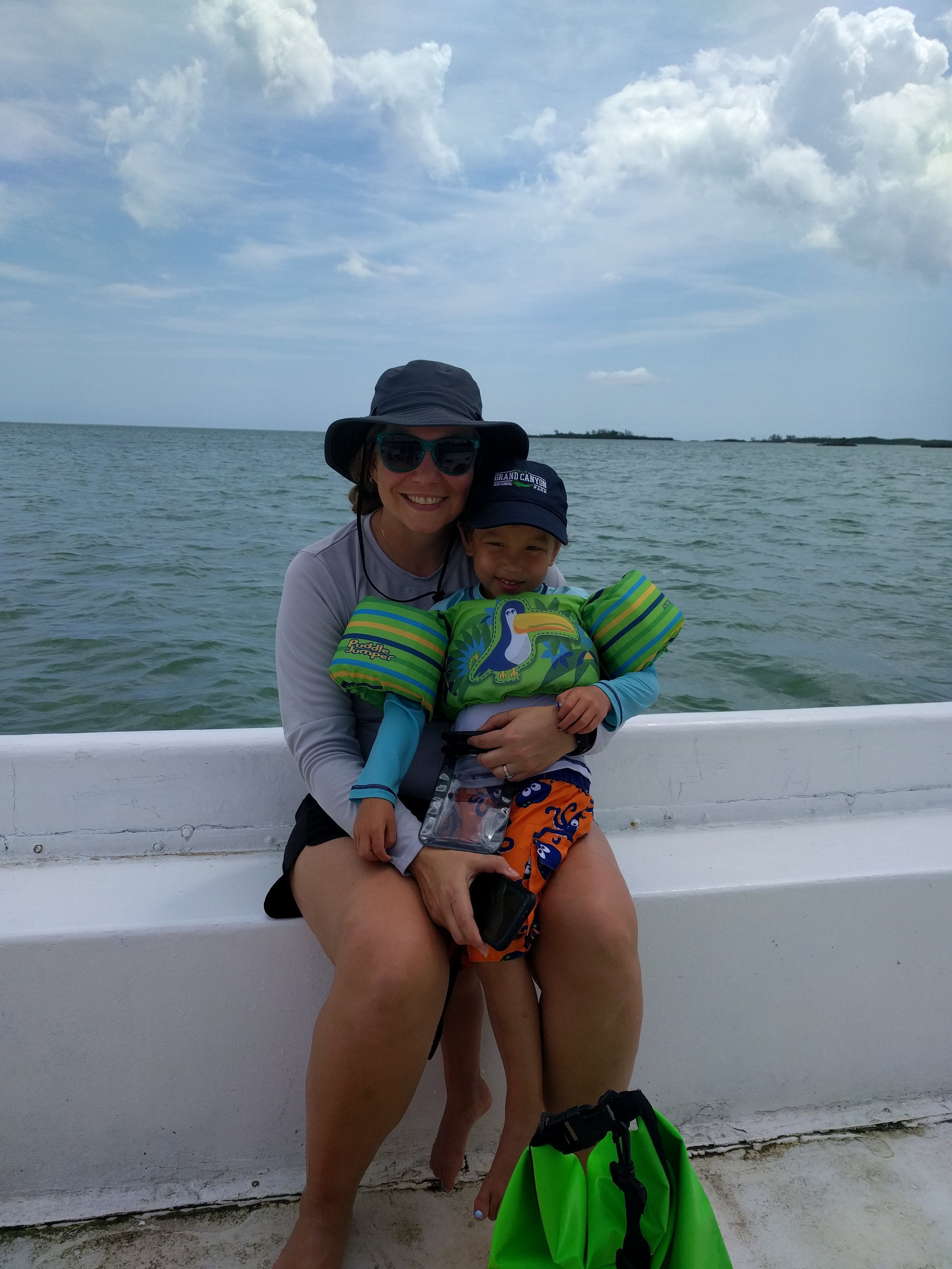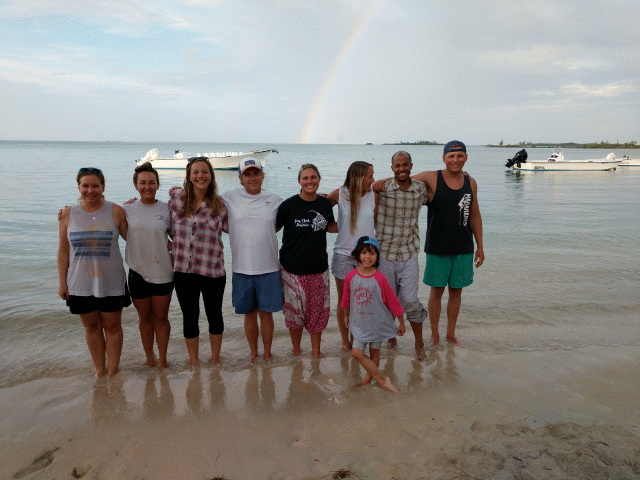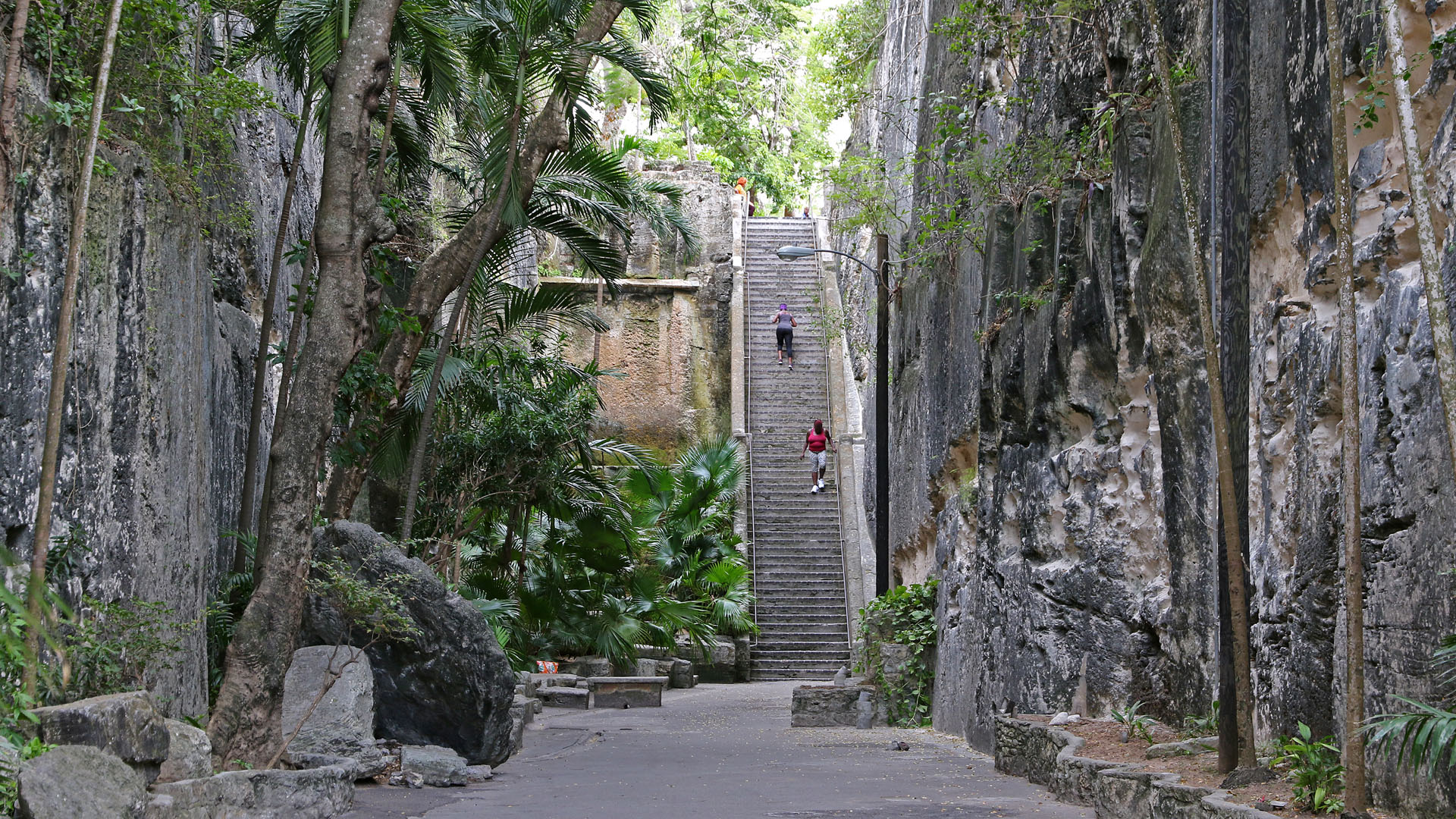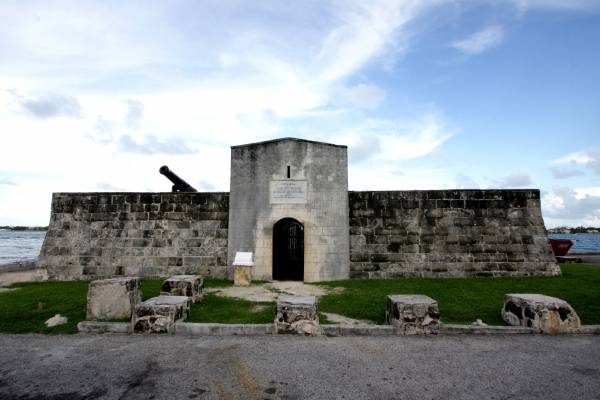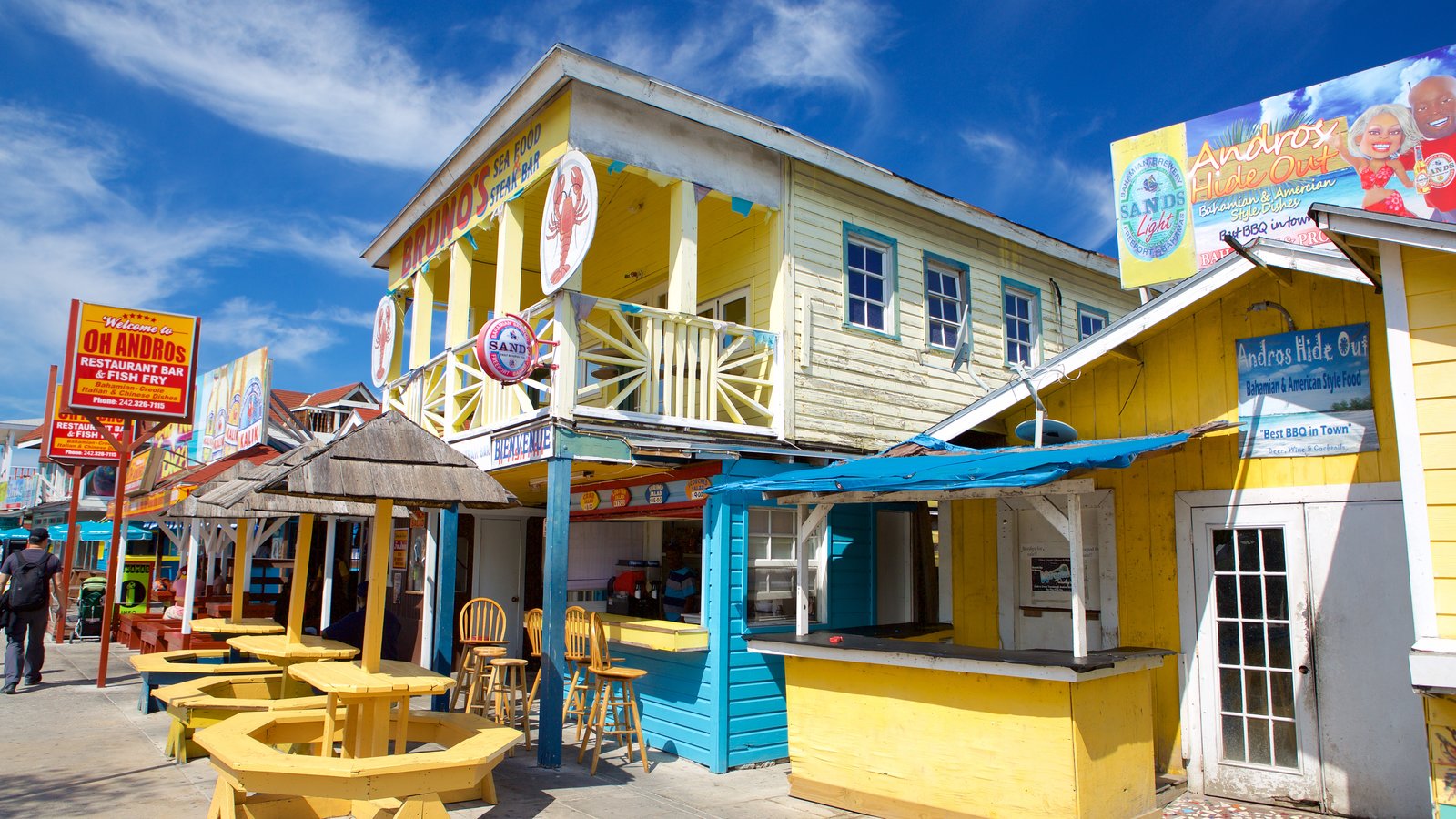Coral Conservation with Reef Rescue Network
/By: Zoe Stannard
REEF RESCUE: CORAL PROPAGATION REVAMP
At the start of April, our team had the awesome opportunity to work with the Reef Rescue Institute to rebuild one of Andros’ beautiful coral propagation sites.
Since 2015, we’ve been proud partners with the Perry Institute for Marine Science and the Reef Rescue Network and have worked closely together on our coral nursery, the ‘Coral Propagation’ site. They return every year to check in, repair, and examine coral growth for fragments ready to be outplanted. In 2023, the network expanded, with five metal dome structures planted at a site called ‘The Pool’.
Reef Rescue’s amazing team, Alex, Anwar, and Kandize, were ready to dive with us into our coral conservation project. Straight away, we began learning all about effective reef construction, the different techniques used in coral nurseries, and just how much dedication and effort go into maintaining a coral nursery. The Reef Rescue Network manages 50 coral nurseries all across the Caribbean. Their work includes not only planting and maintaining coral nurseries but also conducting research on coral diseases and recovery methods. They work so incredibly hard at not only protecting our reefs but by spreading educational awareness everywhere they go. They’re truly inspirational people!
Thanks to them, our team gained our Reef Rescue Diver certification and was trained in cleaning coral structures and outplanting coral fragments using epoxy. We’re thrilled to now be a part of this wonderful project and protect our local reefs in the fight against reef degradation.
April 1st, 2025 – Day 1: Site visits and dome removal
The morning’s objectives were to examine the existing line nursery at the ‘Coral Propagation’ site and visit the dome structures at ‘The Pool’ site.
First stop, ‘coral propagation’ site. Alex, Anwar, and Kandize began by assessing the coral fragment growth on the nursery lines and observing the conditions of the line nursery and the surrounding outplanting plots. After that, we made our way to ‘The Pool’ to begin extracting the metal dome structures. Our divers, Steph and Cam, cleaned each dome while Alex and Kandize carefully dislodged each leg. Captain Franklin and I managed boat support, as Anwar transported the structures to the surface. We carefully lifted them onto the boat, and the process resembled a life-size game of Tetris. Trying to fit five structures onto the boat was hectic! But we secured them all safely and even had enough room for all five divers to climb aboard, too. Mission Success - level up!
Afternoon: Cleaning, Coral Transport, and Outplanting
Our afternoon objectives were to clean the recovered domes, visit another site to clean coral tree structures, and outplant coral fragments into the plots at the ‘Coral Propagation’ site.
With so much to do, we split into two teams. Renaye and Jess made up the land team and got busy on the domes. They spent hours using a pressure washer to make sure each structure was completely cleaned of any algae or debris. I’ve never seen a more dedicated team! And they’re hard work paid off as the domes were ready for the next step.
The rest of us made up the boat team and journeyed to our first stop. At the ‘tree nursery’ site, we dove straight in and began with Alex demonstrating to us the proper cleaning techniques and how to safely remove algae and corallivores (small coral predators AHHHHH). As the Forfar team cleaned, Alex, Anwar, and Kandize carefully collected the bigger coral fragments that were ready for transport.
At the ‘Coral Propagation’ site, Alex and Kandize went down first to prepare the outplanting areas and collect all the fragments from the lines. Zoltan, Steph, Cam, Eve, and I stayed on the boat to learn how to prepare marine epoxy with Anwar. Marine epoxy is a type of marine-safe adhesive made by mixing a resin and a hardener until it forms a putty, which is used to secure coral fragments to the reef and survive the harsh marine conditions.
Once the epoxy was ready, we split into dive buddies and went down to begin outplanting the coral. Anwar demonstrated the proper application of epoxy onto the coral and even showed us another method, for if we run out of epoxy, called weaving. This way, the coral fragments support each other and grow strong together, recreating a more natural reef environment. This worked magnificently and created a sturdy field of intertwined branching corals. The abundance of fish that would rush over to the plots as soon as we moved away was mesmerising. It was satisfying to see our hard work already being enjoyed by the locals and fascinating to see their interest in us. In particular, a Nassau grouper was captivated by Zoltan to the point that they became face to face as the grouper watched Zoltan place fragments into a plot. It was such a memorable experience.
April 2nd-4th, 2025 – Days 2, 3, & 4: Preparing to revamp
Over the next few days, our focus was on preparing the dome structures to be placed back into the ocean and constructing new coral clips and fishing lines.
On the line nursery team, Alex and Kandize focused on measuring and cutting the fishing line, and Eve and Steph worked on assembling the clips for the coral fragments. They used fishing line to create adjustable loops so different-sized coral fragments could fit easily, which is genius!
On the dome team, Anwar, Cam, Renaye, Zoltan, and I worked on coating the metal domes with a protective layer. Over the next couple of days, we applied a mixture of silica epoxy, which created a gooey, thick substance. We worked in teams, where one person thickly coated the metal bars and the others applied sand on top, to create a sand-coated surface. This gives the domes a more natural, reef-like appearance and environment for the corals. This will encourage marine growth and attract more life.
On Day 4, we finished the final sand coating, and once it dried, the domes were ready to be placed back into the ocean. Later that evening, the Forfar team was given a lecture on coral restoration by Alex which awarded us the final step to getting our Reef Rescue Diver Certification. YAYYY!
April 6th, 2025 - Day 6 Morning: Dome Drops
The work didn’t stop there. After a day of bad weather, we had to step up and come together to complete the final steps of the reconstruction project. It was the BIG day of taking down the old line nursery and replacing it with two new buoys and lines, as well as dropping in our five newly coated and ready-to-grow dome structures.
We set out early in the morning on two boats to the ‘Coral Propagation’ site. One boat was loaded with all five domes, and the other carried all the components to install the new structures. First, we had to get the dome structures into the water. Eve, Renaye, and Zoltan were tasked with carefully tying up the domes and lowering them into the ocean. We signaled down to Alex, who detached the domes and planted them close to the line nursery. There, Anwar hammered the domes into the sand securely.
Our next dive objective was to replace the 2015 line nursery. Alex was so amazed at the ecosystems that had developed on the old buoys, so she decided we needed to keep them on site. With some muscle and hard work, we managed to unscrew and rescrew some metal pins closer to the nursery, and both buoys were lowered deeper and attached to the pins. It was very impressive to watch how Alex and Anwar managed to adapt and operate in less-than-ideal conditions to keep this ecosystem. Their dedication is inspiring. Meanwhile, Cam was being chased by a lionfish, which was extremely funny! But not to worry, Kandize came to his rescue and shooed the lionfish away.
Afternoon: Line Nursery Construction
After a quick lunch, the new lines were attached, and the nursery was ready and waiting for those coral fragments. Alex placed each fragment on the clips, and we formed a diving chain. Each diver passed the fragments along the line as we clipped 10 corals onto each level. We proudly hung 40 coral fragments, all set to grow.
It was such an honor and privilege to be a part of building this structure. It felt amazing to swim back and look at all the work we’d done, knowing that the coral fragments we placed will thrive and grow. To know that we’ll be taking care of them for the next year until they’re ready to be outplanted is truly a magical feeling.
A big thank you to Reef Rescue, not only for all the hard work they put into teaching and constructing the nurseries here on Andros, but for the work they do every day all over the Caribbean. We appreciate all the vital coral conservation work you provide, and we hope to continue to help you in this fight against reef degradation. And the biggest THANK YOU to the wonderful Anwar, Alex, and Kandize, you guys were amazing!






















































